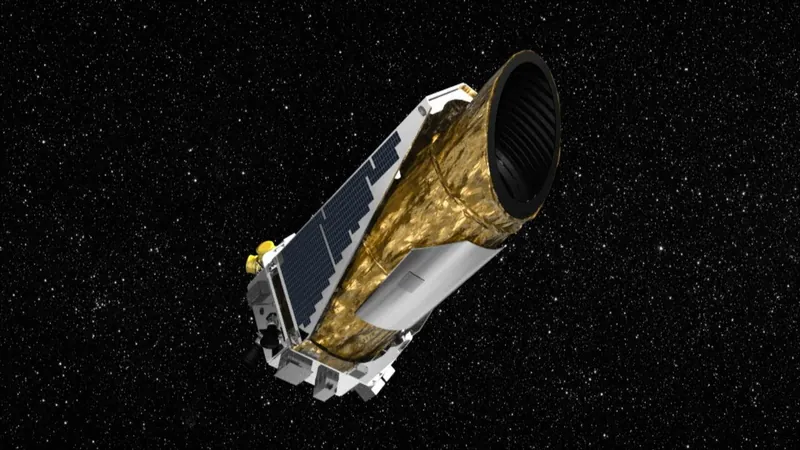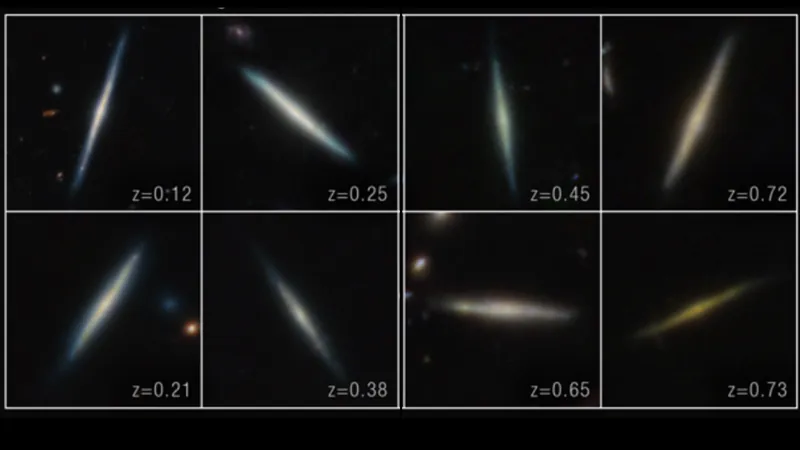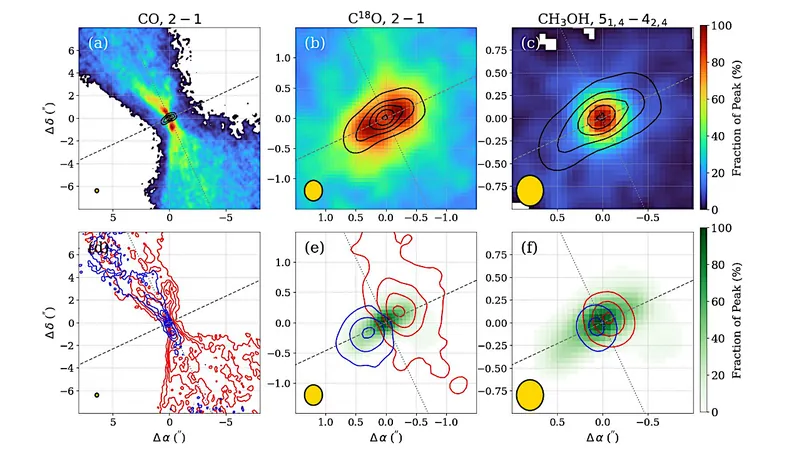
Seven Hidden Exoplanets Discovered in Kepler's Treasure Trove of Data!
2025-01-24
Author: William
Introduction
In an astonishing development for the field of astronomy, researchers John Bienias and Robert Szabó from Hungary's Konkoly Observatory have unveiled seven new exoplanet candidates lurking within the Kepler spacecraft's extensive datasets. Kepler, known for its monumental task of identifying exoplanets, successfully confirmed around 2,600 of them during its nearly decade-long mission. However, this latest discovery highlights the vast potential still hidden in the mountains of data that automated analyses may have glossed over.
Kepler's Mission and Data Capture
Kepler's mission focused on a selection of stars, but in the process, it inadvertently captured the light from around 500,000 background stars. While previous studies have extensively combed through this data, Bienias and Szabó's new paper indicates that these additional candidates slipped through the cracks during previous evaluations largely because they were overlooked during the analysis of more than 3,136 peer-reviewed scientific submissions based on Kepler's findings.
Data Analysis Techniques
The process of revealing these new exoplanets was not straightforward. The researchers relied heavily on advanced data analysis tools, including the venerable Lomb-Scargle algorithm, originally designed to detect periodic signals in time-series data. This fundamental approach aided their search for both eclipsing binary stars and new exoplanet candidates. Likewise, newer software like PSFmachine, which helps untangle blended light curves from overlapping stars, played a significant role despite some technical difficulties encountered in parsing the complex data.
Characteristics of the New Exoplanets
The seven newly identified exoplanets are classified as 'hot Jupiters,' characterized by their size—ranging from 0.89 to 1.52 times that of Jupiter—and their proximity to their host stars, with orbits lying between 0.04 and 0.07 astronomical units (AU). Interestingly, the researchers investigated whether these planetary signatures could be attributed to additional planets orbiting the same stars but found no evidence supporting that scenario.
Significance of the Discovery
Though seven new candidates may seem modest against the impressive backdrop of Kepler's 2,600 confirmed planets, this discovery underscores an essential truth in science: much remains to be explored in existing data. As cutting-edge software and analytical techniques continue to evolve, the odds of unearthing further secrets from the Kepler legacy, or any other extensive astronomical database, are high.
Conclusion
This breakthrough not only opens doors for future discoveries but also reminds the scientific community of the value of revisiting old datasets with fresh eyes and advanced tools. The universe is indeed vast, and the potential for discovery seems infinite, suggesting that even older missions like Kepler can yield unexpected treasures long after their operational lives have ended.
Call to Action
Stay tuned—this might just be the tip of the iceberg in the thrilling quest to uncover new worlds!









 Brasil (PT)
Brasil (PT)
 Canada (EN)
Canada (EN)
 Chile (ES)
Chile (ES)
 Česko (CS)
Česko (CS)
 대한민국 (KO)
대한민국 (KO)
 España (ES)
España (ES)
 France (FR)
France (FR)
 Hong Kong (EN)
Hong Kong (EN)
 Italia (IT)
Italia (IT)
 日本 (JA)
日本 (JA)
 Magyarország (HU)
Magyarország (HU)
 Norge (NO)
Norge (NO)
 Polska (PL)
Polska (PL)
 Schweiz (DE)
Schweiz (DE)
 Singapore (EN)
Singapore (EN)
 Sverige (SV)
Sverige (SV)
 Suomi (FI)
Suomi (FI)
 Türkiye (TR)
Türkiye (TR)
 الإمارات العربية المتحدة (AR)
الإمارات العربية المتحدة (AR)